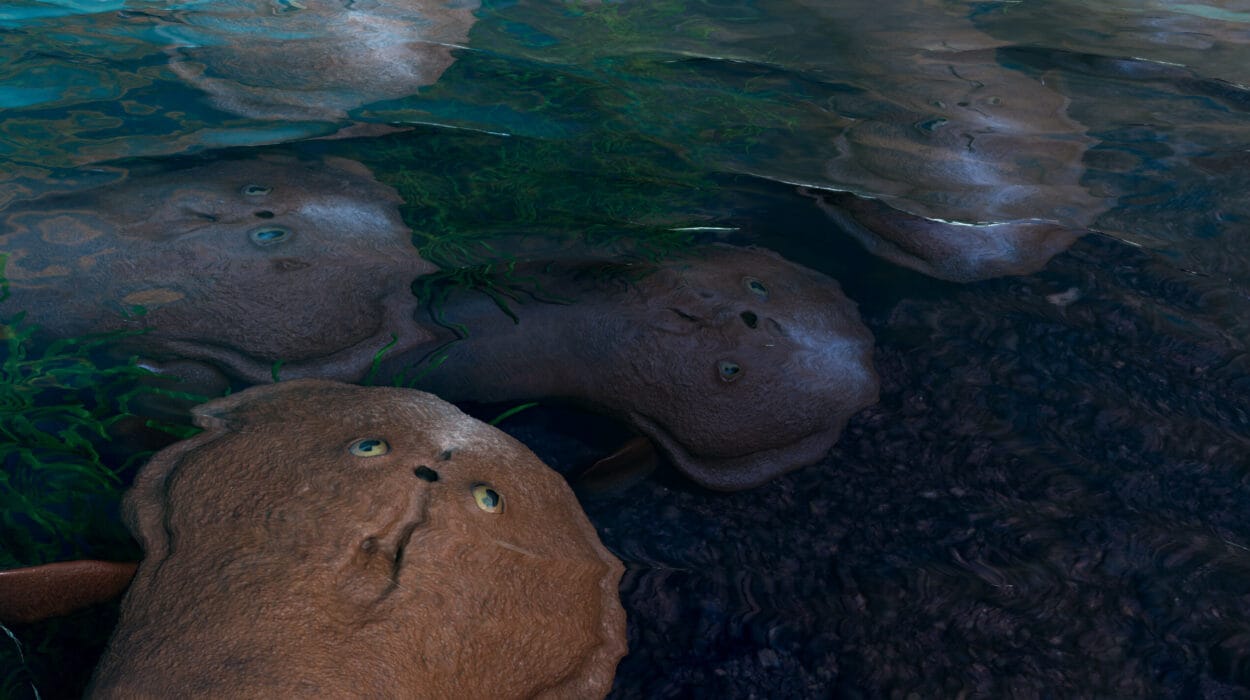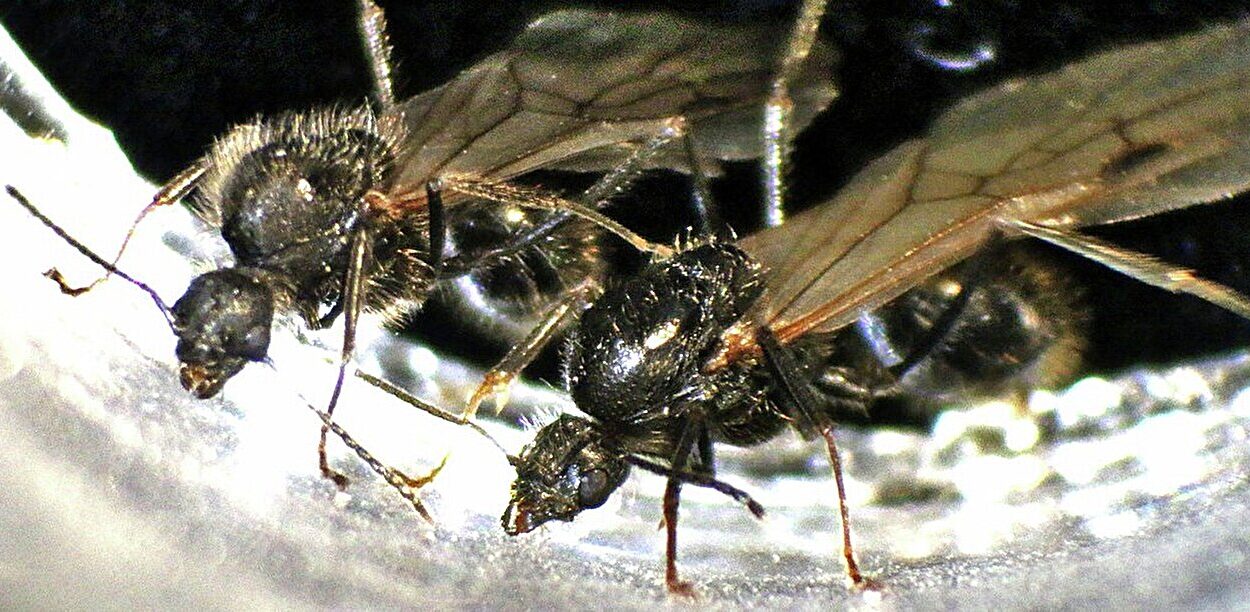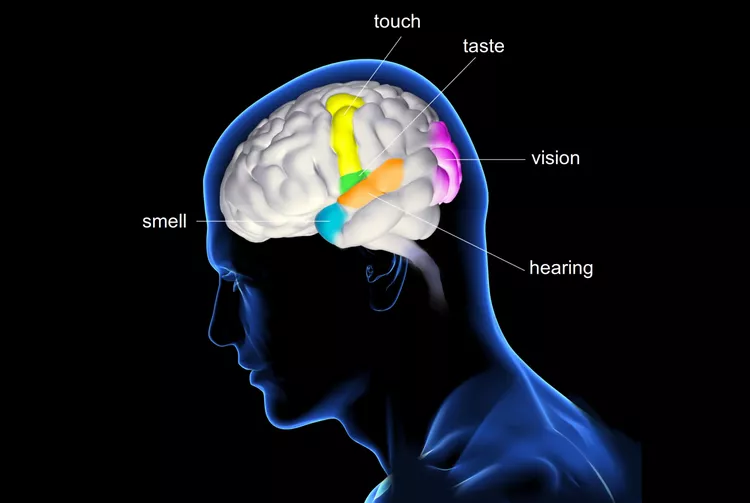On a warm summer night, far from city lights, there’s magic in the air. As dusk settles, soft pulses of golden-green light rise from the grass and flicker through the trees. The fireflies have come alive. Each one, a tiny lantern floating in the darkness, speaks in flashes—silent, rhythmic messages written in light. For centuries, people have watched them with wonder, calling them lightning bugs, glowworms, or simply miracles. But behind this mesmerizing display lies one of nature’s most astonishing chemical marvels: bioluminescence.
This glow isn’t just for beauty. It’s communication, survival, seduction, and science—all packaged inside a beetle’s abdomen. To truly understand why fireflies glow, we must journey deep into the night, into the belly of a beetle, and into the very molecules that make life shine.
A Signal Through Time
The fascination with fireflies stretches far back into human history. Ancient Chinese poets wrote about them in verses that compared their gentle flickering to fleeting thoughts or lonely travelers. Japanese haiku captured their glows as symbols of longing and love. In Greek and Roman antiquity, they were considered divine messengers. But no one knew how or why these creatures glowed.
For centuries, their luminescence was a mystery. Early scientists speculated wildly: perhaps fireflies absorbed sunlight during the day and released it at night. Others thought they glowed due to heat, like embers. But firefly light is cool to the touch—astonishingly efficient. In fact, it produces almost no heat at all. This phenomenon puzzled and inspired researchers, slowly unfolding into the molecular marvel we now understand as cold light.
In an age when humans were just beginning to understand electricity, fireflies were already perfecting a natural battery—one that could glow on command, with elegance, efficiency, and purpose.
The Chemistry of Light
To grasp how fireflies glow, we must look beneath their shell, to a specialized organ in the abdomen called the lantern. Within this lantern, a remarkable chain of chemical reactions takes place. At the center of this light show is a molecule called luciferin—from the Latin lucifer, meaning “light-bringer.”
Luciferin alone is inert. But when combined with the enzyme luciferase, in the presence of oxygen, magnesium ions, and a cellular fuel called adenosine triphosphate (ATP), it transforms. This reaction excites electrons in the luciferin molecules, pushing them into a higher energy state. As they return to their normal state, they release energy in the form of photons—visible light.
What’s more, this light is nearly 100% efficient. That means almost all the energy goes into producing light, rather than heat. Compare that to a traditional incandescent bulb, which wastes 90% of its energy as heat, and the brilliance of firefly chemistry becomes clear.
But this reaction doesn’t happen all the time. Fireflies can control their glow, turning it on and off in milliseconds. How? Through the careful control of oxygen. Muscle contractions near the lantern regulate how much oxygen enters the light-producing cells. When oxygen flows, the light flashes. When it’s cut off, the glow fades. It’s a dance of biology and chemistry, controlled with breathtaking precision.
Messages in the Dark
Glowing is not just a beautiful trick—it’s a language.
Each firefly species has its own unique flash pattern: short bursts, long pulses, steady glows, or synchronized waves. Some flash in spirals, others in J-shaped loops. Males use these light patterns to signal to females of the same species, who respond with a delayed flash of their own. It’s a call-and-response courtship, whispered through photons.
This nocturnal Morse code is incredibly specific. In a field filled with hundreds of flashing insects, fireflies can identify their own kind and even assess potential mates. Studies have shown that females prefer brighter flashes and certain rhythms, which likely indicate the health and genetic quality of the male. It’s evolutionary romance written in light.
Some species take it a step further. In Southeast Asia, for instance, Pteroptyx fireflies gather in huge numbers and synchronize their flashes. Entire trees pulse with light in perfect unison, as though the forest itself is breathing in photons. Scientists still debate how this synchronization works—whether it’s a biological clock, auditory cues, or neural entrainment—but the result is one of nature’s most breathtaking spectacles.
The Dark Side of the Glow
Not all glows are meant for love. Some are meant for deception.
In certain species like Photuris, the females are predators in disguise. These so-called “femme fatale” fireflies mimic the mating flashes of other species. When an unsuspecting male responds, thinking he’s found a mate, he’s devoured instead. His glow becomes his doom.
This behavior, known as aggressive mimicry, reveals the double-edged sword of bioluminescence. What was evolved for attraction can also be exploited for predation. It’s a high-stakes game in the dark—one where light can either lead to love or death.
Even larvae and eggs of some firefly species glow. This may act as a warning to predators: I am toxic. Many fireflies produce defensive chemicals called lucibufagins, which taste foul and are potentially lethal to birds and spiders. The light serves as a warning—a glowing “do not eat” sign pulsing in the grass.
So while firefly light is often seen as magical or romantic, it also serves darker, more complex evolutionary purposes. Light, in nature, is never just about illumination. It’s about survival.
Not Just Fireflies
Fireflies aren’t the only creatures to wield the power of bioluminescence. In fact, nature is positively glowing with it.
In the deep oceans, where sunlight never penetrates, nearly 80% of organisms produce light. Anglerfish dangle glowing lures to attract prey. Lanternfish use light organs to disguise their silhouettes from predators below. Jellyfish flash in alarm when attacked. Even bacteria and plankton glow, turning waves and tidepools into liquid starlight.
Some mushrooms glow on forest floors. Certain earthworms and millipedes shine faintly in the soil. And there are glowing squid, octopuses, and even sharks.
But fireflies are unique among land insects. Their light is visible, bright, and communicative. While many marine creatures use light to survive in a world without sun, fireflies use it to speak across the darkness. Their bioluminescence is not just a survival tool—it is poetry in motion.
The Evolution of Glow
How did this incredible ability evolve?
Scientists believe firefly bioluminescence originally began as a defensive mechanism. In the larval stages, light likely served as a warning to predators. Over time, adults adapted this trait for mating and communication. Genetic studies show that luciferase evolved from a family of enzymes related to fatty acid metabolism—an evolutionary repurposing of molecular tools.
Interestingly, bioluminescence evolved independently in different lineages. The luciferase in fireflies is completely different from that in jellyfish or marine organisms. This is a striking example of convergent evolution—where nature, faced with similar challenges, finds similar solutions through entirely different paths.
In all cases, the glow is shaped by the environment: in oceans, to blend in or attract; on land, to warn or woo. The light is ancient, shaped by millions of years of evolution, each pulse a product of survival and selection.
Light as a Scientific Tool
What was once a subject of myth and wonder is now a cutting-edge tool in science.
The luciferase-luciferin reaction has been harnessed in biotechnology as a reporter gene. Researchers insert the luciferase gene into cells or organisms to track genetic activity. When the gene is activated, the cell glows, allowing scientists to visually monitor changes, detect disease progression, or study gene expression in real time.
Bioluminescence has been used to track cancer growth in lab mice, visualize infection pathways, and even detect environmental toxins. One startup has developed a genetically modified plant that glows in response to pollutants in the soil. Others are working on creating bioluminescent trees to replace streetlights.
Glow is becoming a language for scientists too—a way to see the invisible.
Fireflies in Crisis
Yet while science celebrates their light, fireflies themselves are in trouble.
Populations are declining around the world due to habitat loss, light pollution, and pesticides. As forests are cleared, wetlands drained, and grasses mowed, the delicate ecosystems fireflies rely on disappear. Their courtship rituals, so dependent on darkness, are disrupted by artificial lights that drown out their signals.
Imagine trying to whisper in a crowded stadium. That’s what firefly mating has become in cities and suburbs. Males flash, but females don’t respond. They can’t see the signals. They can’t find mates. And so the lights go out—one generation at a time.
Conservationists now urge people to turn off outdoor lights at night, preserve natural habitats, and avoid pesticides. There are firefly sanctuaries in countries like Malaysia, India, and the United States. But without broader awareness, these small, glowing beings may vanish from our landscapes forever.
The Human Connection
Why do fireflies move us so deeply?
Part of it is aesthetic—the simple beauty of lights floating in the dark. But there’s something more primal. Fireflies touch a longing in us: for mystery, for fleeting beauty, for a connection to nature that glows softly without explanation. Their glow reminds us that the world is more than what we see in the day.
In Japan, the firefly—or hotaru—is a symbol of the soul. In some Buddhist traditions, they represent the transience of life: brief, beautiful, and gone too soon. The poet Matsuo Bashō captured this in a haiku:
“A firefly—
flickering here and there,
and gone.”
In Western culture, too, fireflies evoke nostalgia. Many people recall catching them in jars as children, only to release them and watch their light blink once more into the night. They’re one of the few wild animals children can interact with gently, without fear.
And perhaps that’s the magic. Fireflies bridge science and wonder. They invite us to ask questions, to marvel, and to protect. In a world increasingly lit by artificial light, they remain a natural miracle: small, silent emissaries of the stars.
The Glow That Never Fades
So why do fireflies glow?
They glow to speak. To love. To hunt. To warn. They glow to survive. And they glow because evolution, in its patient artistry, shaped chemistry into communication.
Their light carries meaning—for other fireflies, for predators, for scientists, and for us. It’s a language written in atoms, spoken in flashes, and read by hearts.
As long as fireflies glow, something in us glows too—a reminder that even the smallest lives can illuminate the vastness of the night.






